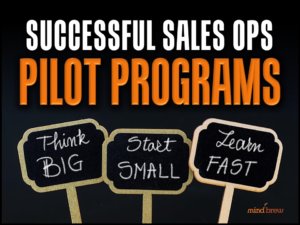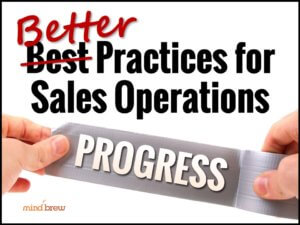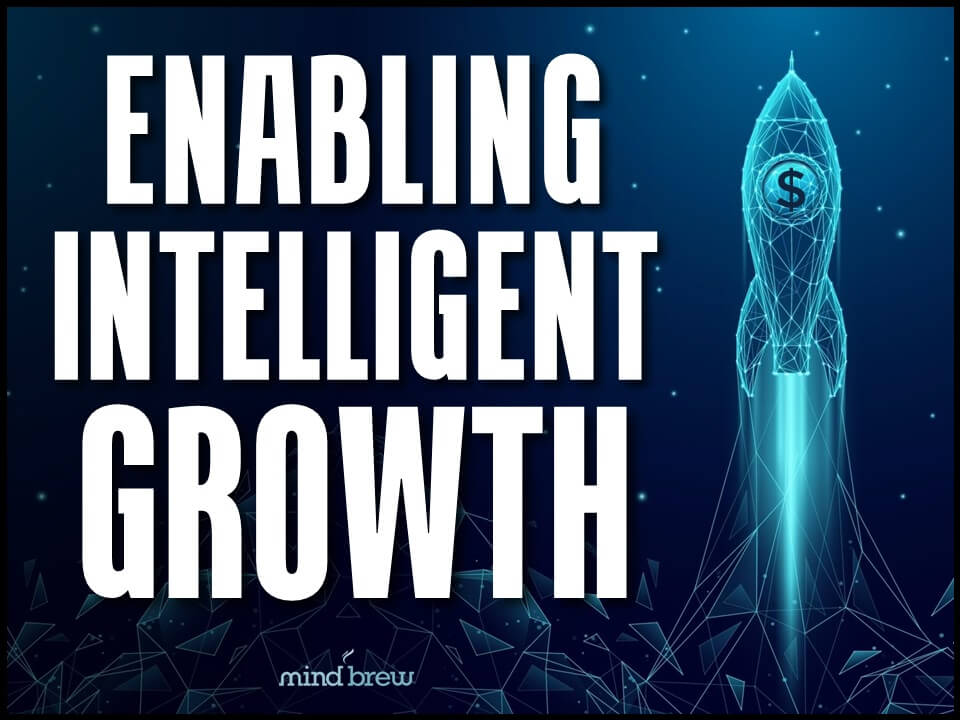When you do all the same things, in all the same ways, you’ll get all the same results. Duh. If you want to get different results, you have to do different things. Double duh. So it’s somewhat axiomatic that improvement requires change.
And that’s why the ability to effectively facilitate and manage organizational change is a key ingredient in the recipe for driving improved results.
But all too often, change management is treated as sort of a tactical afterthought.
Here’s how it typically plays out…
We work for months to craft new-and-improved processes and procedures to address a problem we’ve identified. Of course, we then seek to implement the solutions and improvements we’ve devised.
It’s at this point that we begin to think about change management and how we’re going to get the organization to move from the existing “as is” state to the improved “to be” state that we’ve envisioned.
Essentially, we’ve settled on a final destination without giving much thought or consideration to how we’re actually going to get there. As a result, it often ends up being a very arduous and frustrating journey for all concerned.
And in some cases, the journey is so rough…encountering so many obstacles and eliciting so much internal resistance…that the destination is never achieved.
So how do we avoid these failures? How can we minimize the frustration and resistance? How do we drive improvement without driving everyone crazy?
Here are three change management “secrets” we’ve identified through our research:
- Think about change management from the very beginning of the problem-solving exercise or improvement initiative. To ensure that your organization can actually get where it needs to go, you need to be thinking about the destination and the journey at the same time. Change management is not something to consider after you’ve designed a solution; it should be an integral part of the solution.
- Recognize that there’s never just one way to address a problem or improve a process or procedure. And different solutions will have different change management ramifications and requirements. You can rig the game in your favor by considering multiple potential solutions and prioritizing those with the least amount of change management overhead or burden. Remember that a “so so” solution that actually gets implemented in an organization will always outperform an “ideal” solution that never gets off the drawing board.
- And finally, embrace the fact that the easiest change is the smallest Humans (and groups of humans) are very resistant to making big changes, all at once. That said, humans are much more willing to make a series of smaller changes, over time. So instead of fighting an uphill battle against these ingrained traits and tendencies, we can turn them to our advantage by 1) figuring out how augment or feed into existing processes and procedures wherever possible, rather than swapping out those processes entirely, and 2) designing the overall transition to be a series of smaller “installments” rather than one massive change.
Getting an organization to change will never be easy, painless, or entirely free of internal conflict. But with the right approach to change management, you can make it much easier and far less frustrating to drive meaningful improvement.
These three are just a small handful of the insights, strategies, and best practices we’ve been able to glean from veteran practitioners who’ve had to learn the hard way, through costly trial and error. You can find many more in these informative SellingBrew Playbook resources:














